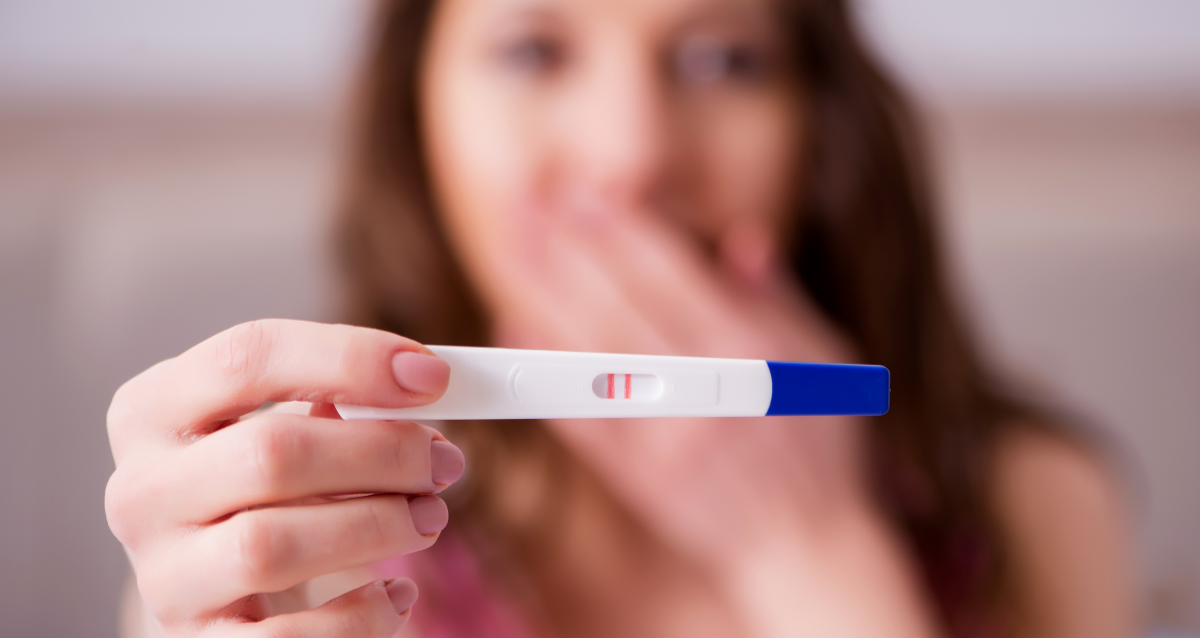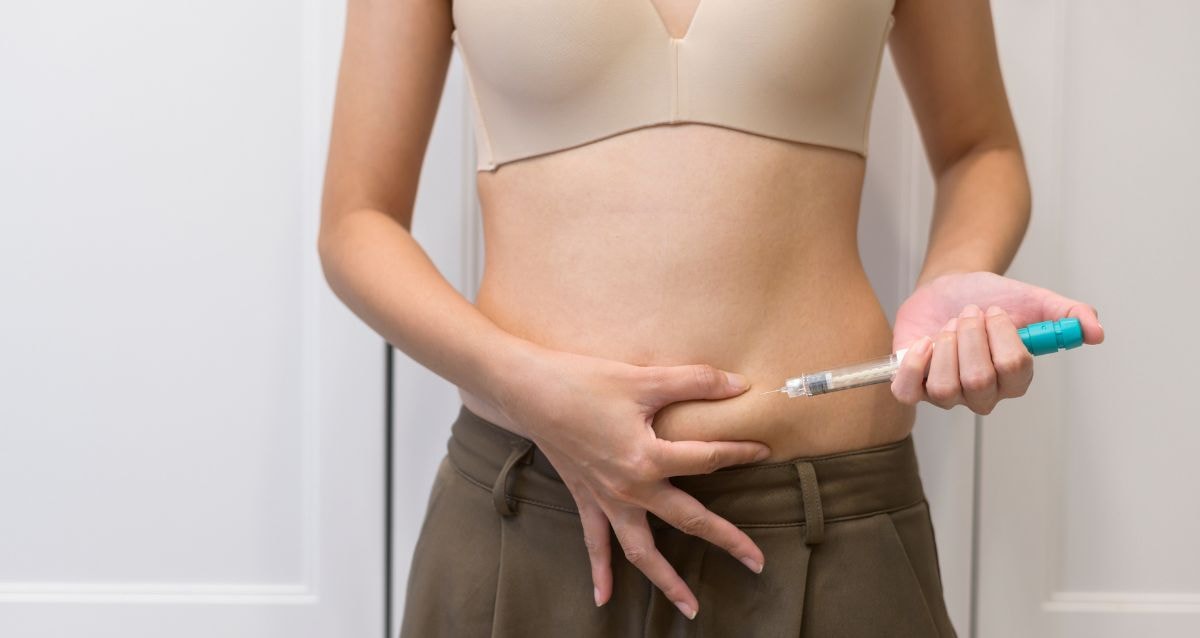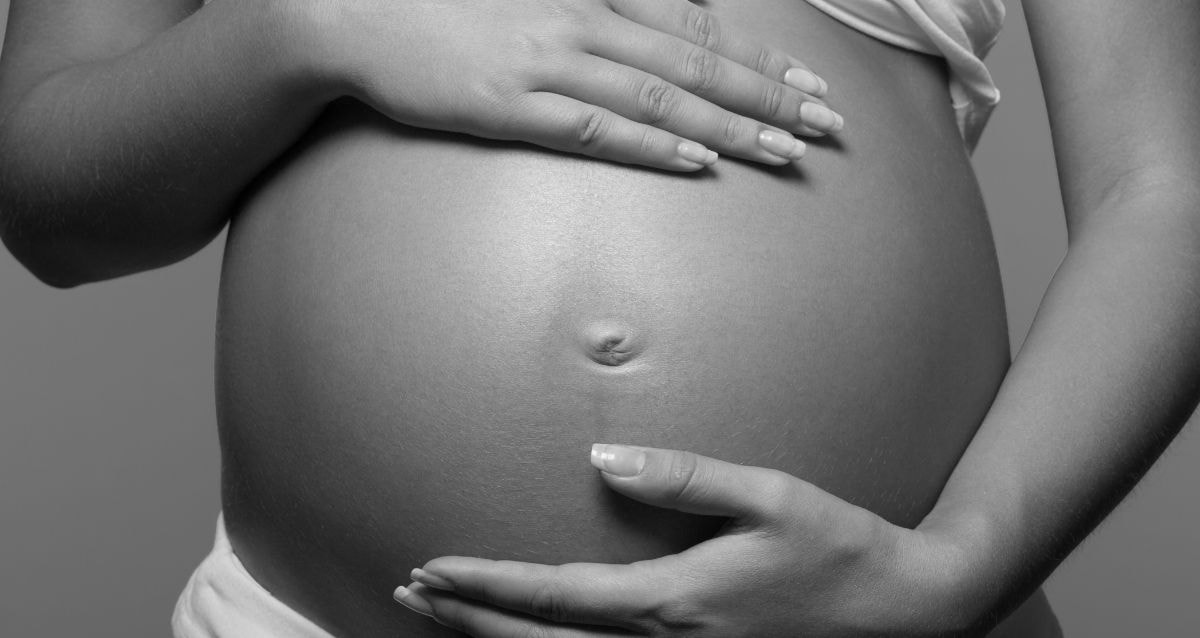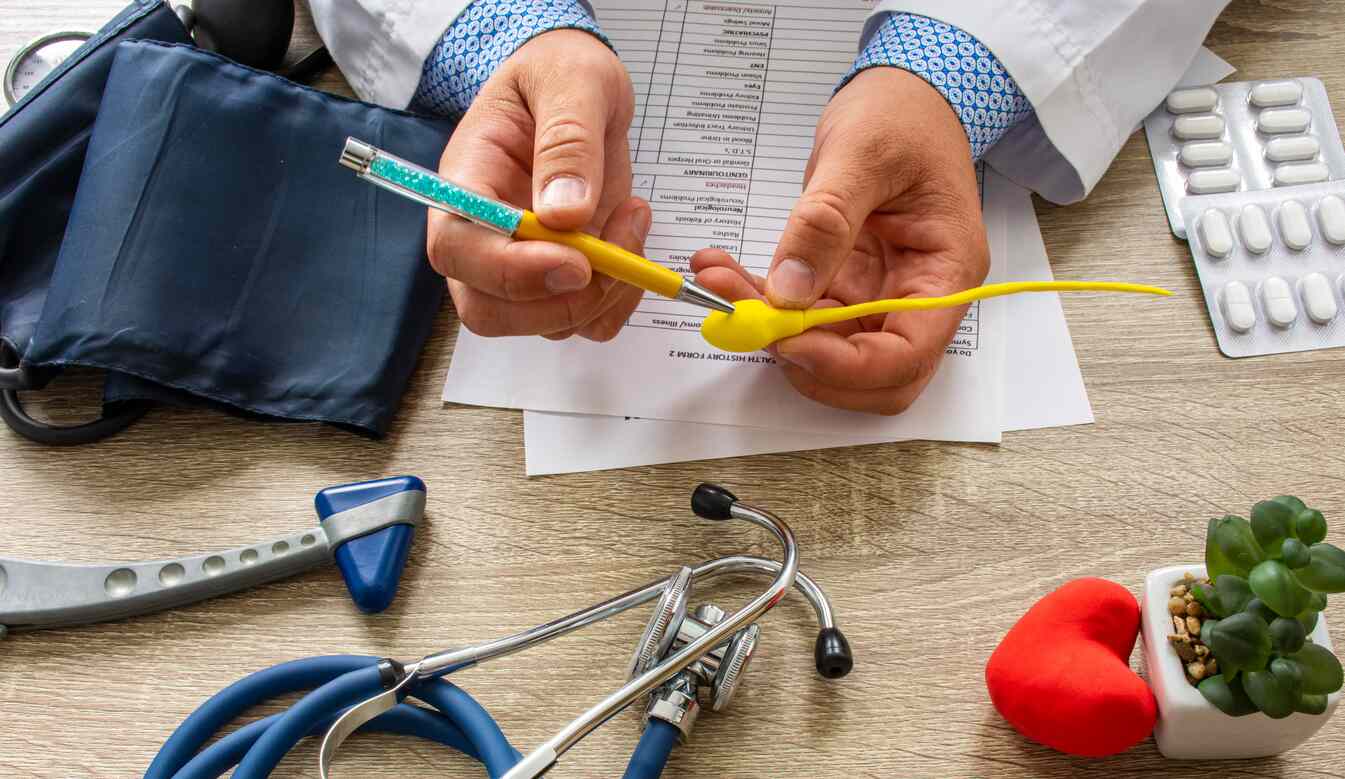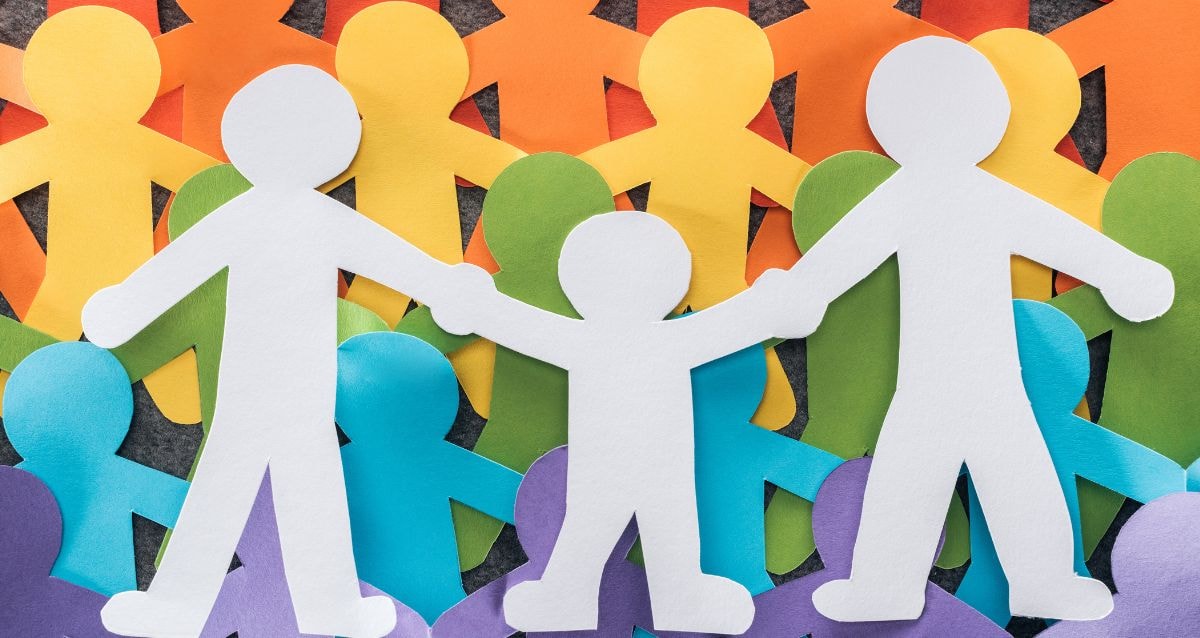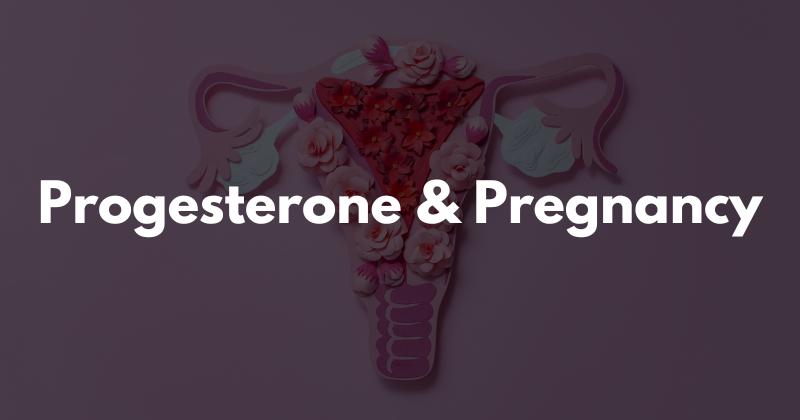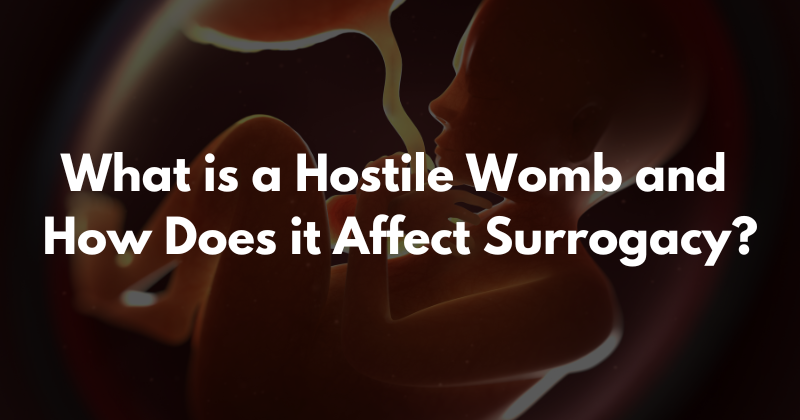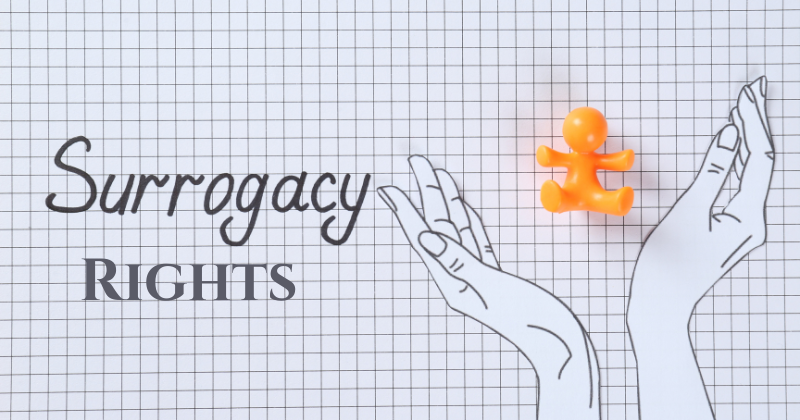Published on the 27th of May 2021 and updated on the 7th of May 2025.
The two-week wait after an embryo transfer can feel like the longest two weeks of your life, especially when it’s part of a surrogacy journey.
Whether you’re an intended parent or a gestational surrogate, this stage is packed with hope, emotions, and a million questions about what to expect after embryo transfer.
We’re here to walk you through everything, from the steps leading up to the embryo transfer procedure to the implantation process.
Key Takeaways
- Embryo implantation is a delicate, multi-day process, with each stage playing a vital role in early pregnancy development.
- Mild symptoms like spotting or cramping can be normal, but a blood test is the most accurate way to confirm pregnancy.
- Even if implantation doesn’t occur, modern fertility treatments offer multiple supportive next steps and renewed hope.
- A positive blood test marks the beginning of a new chapter, with careful monitoring to ensure a healthy pregnancy.
- Staying patient, positive, and supported is essential, as every fertility journey is unique and full of potential.
Let’s Talk About the IVF Process Before Embryo Transfer

In surrogacy, creating an embryo usually starts with an in vitro fertilization (IVF) program. The steps leading up to the embryo transfer are incredibly important for a successful pregnancy.
Here’s a simple breakdown of this process:
Step One: Ovulation Induction
- To produce multiple eggs, the intended mother or egg donor takes fertility drugs, which are called gonadotropins.
- These stimulate the reproductive system to mature multiple eggs in one menstrual cycle.
- This is a vital part of a process called ovarian stimulation in IVF treatments.
Step Two: Egg Retrieval (Oocyte Retrieval)
- Once the eggs are ready, the fertility specialist performs the egg retrieval procedure.
- This is a minor pelvic procedure under mild sedation.
Fertilization in the Lab
- The retrieved eggs meet sperm in a specialized lab during in vitro fertilization (IVF), creating fertilized eggs.
- Through this process, multiple embryos are produced.
- Some may undergo preimplantation genetic screening to ensure the healthiest selection for transfer.
Embryo Freezing or Cryopreservation
- Not all embryos are used immediately.
- Thanks to embryo freezing or cryopreservation, frozen embryos can be stored for later frozen embryo transfer cycles.
- Choosing between a fresh embryo transfer and frozen embryo transfer depends on factors like the health of the uterine lining and the timing of the menstrual cycle.
Step Four: Embryo Transfer for Surrogacy
- Now comes the magical part, the embryo transfer procedure!
- The best-quality fertilized egg, now a developing embryo, is carefully placed into the surrogate mother’s uterus using a thin catheter.
- An ultrasound guides the doctor to ensure perfect placement into the uterine lining.
- To limit multiple births, clinics often transfer one or two embryos based on the embryo quality, uterine receptivity, and health factors.
- Transferring multiple embryos can increase the risk of medical complications like ectopic pregnancy or multiples, so this needs to be carefully considered.
- This routine procedure is done under careful monitoring by your reproductive endocrinologist.
Once the entire procedure is complete, the waiting period, famously known as the two-week wait, begins.
What To Expect After Embryo Transfer: The Implantation Process
Implantation can happen within 5 to 7 days after embryo transfer. Here’s a day-by-day guide on the embryo implantation timeline:
|
Physical Symptoms to Watch For
Wondering what to expect after embryo transfer? Here are common symptoms:
- Mild cramping (similar to a regular menstrual cycle)
- Light spotting (a positive sign of implantation)
- A change in vaginal discharge or slight yeast infections
- Sore breasts
- Bloating
- Fatigue
- Morning sickness may also be an early sign!
Experiencing implantation bleeding? Don’t panic! This is often a normal part of the implantation process.
However, heavy bleeding could signal an issue like ectopic pregnancy, so contact your fertility doctor if concerned.
Emotional Rollercoaster
- Many women feel like every twinge means something.
- Some have phantom symptoms due to heightened anxiety around post-embryo transfer sensations.
- Whether you feel many symptoms or none at all, many women still have a successful embryo transfer and go on to achieve pregnancy!
Tips for Supporting a Successful Embryo Transfer
Supporting the embryo implantation process involves:
- Maintaining a healthy diet rich in healthy fats to encourage blood flow.
- Reducing stress, as stress can impact progesterone levels, which support the uterine lining.
- Gentle movement but no strenuous exercise immediately after embryo transfer.
- Trusting your fertility doctor and fertility specialist during your fertility journey.
- Adhering to prescribed medications that aid the implantation process.
What Happens After a Positive Blood Test? 💉
Getting a positive blood test (beta-hCG) is an incredible milestone!
This means implantation was successful, and your surrogate is pregnant!
Here’s what typically happens next:
1. Repeat Beta-hCG Testing
- Your fertility clinic will likely schedule one or two more blood tests for your surrogate, spaced a few days apart.
- These tests check that their hCG levels are rising correctly.
- This is a good sign of a healthy early pregnancy.
2. Early Pregnancy Monitoring
- An early ultrasound is usually scheduled around 5–7 weeks after embryo transfer.
- The ultrasound checks for the gestational sac, and soon after, the fetal heartbeat.
- Seeing and hearing the heartbeat is another exciting and reassuring milestone for both the intended parents and the surrogate.
3. Adjusting Medications
- If your surrogate is on progesterone or estrogen supplements, the care team will advise when and how to continue or gradually taper off these medications.
- These hormones support the uterine lining and the growing pregnancy in the early weeks.
4. Transitioning to Routine Obstetric Care
- Once the pregnancy is stable (usually around 8–10 weeks), you and your surrogate will “graduate” from your fertility clinic.
- You’ll then move to a regular OB-GYN or midwife for continued prenatal care.
This moment marks a new and beautiful chapter. Allow yourself to feel all the joy, hope, and excitement that comes with this next step toward meeting your baby!
What if implantation doesn’t happen?
Even with everyone’s dedication and the best medical support, sometimes a positive embryo transfer doesn’t immediately lead to a successful pregnancy.
While this can be very disappointing, it’s important to remember that this is just one step in a much bigger fertility journey filled with hope and possibility.
Some common reasons implantation might not occur include:
- Embryo abnormalities, even when preimplantation genetic screening is used.
- Challenges with egg quality or sperm quality.
- Minor issues with blood flow to the uterine lining that can often be improved.
The good news? Modern reproductive technology offers many pathways forward after a post-embryo transfer disappointment!
Options your fertility doctor or reproductive endocrinologist might recommend include:
- Another frozen embryo transfer using your carefully preserved frozen embryos.
- Adjusting ovulation induction protocols or fertility drugs for better results.
- Exploring the option of another egg donor if needed to improve embryo quality.
With today’s advanced fertility treatments and reproductive technology, there are always new strategies, solutions, and hopeful next steps to help.
You and your surrogate are not alone in this! Your fertility specialist and surrogacy support team are right beside you. We are ready to guide you through the entire procedure, every milestone, and every possibility for success.
Summary
The two-week wait after embryo transfer can be an emotional rollercoaster for intended parents, surrogates, and their compassionate team of fertility specialists.
It’s okay to feel a mix of hope, worry, and anticipation. You’re not alone in this.
Here’s what we encourage you to hold onto:
- Every fertility journey is deeply personal and filled with resilience.
- Every fertilized egg is a new beginning, full of potential.
- The most reliable way to confirm a successful embryo transfer is through a blood test or pregnancy test after the full waiting period.
So, take a deep breath.
Trust your fertility doctor, stay connected to your support system, and know that this journey, with all its ups and downs, is bringing you closer to something truly beautiful.
Frequently Asked Questions
1. How long after embryo transfer can you take a pregnancy test?
It’s best to wait 10 to 14 days after the embryo transfer procedure to take a pregnancy test. A blood test done at your fertility clinic offers the most accurate results by measuring hCG levels.
2. What are the signs of a successful embryo transfer?
Positive signs may include light spotting, sore breasts, mild cramping, or fatigue, but symptoms vary greatly. The most reliable confirmation is a positive blood test indicating successful implantation.
3. Can I resume normal activities after an embryo transfer?
While bed rest isn’t required, most fertility specialists recommend gentle movement and avoiding heavy lifting or intense exercise. Follow your fertility doctor’s advice for the best outcome.
4. What happens if the first embryo transfer doesn’t work?
Don’t lose hope. There are options like a frozen embryo transfer, adjusting fertility medications, using an egg donor, or refining protocols. Modern reproductive technology offers many paths to achieve pregnancy.
5. Is it common to have no symptoms after embryo transfer?
Yes, many women experience no noticeable symptoms, even with a successful embryo implantation. Everybody reacts differently, and a lack of symptoms doesn’t mean the embryo transfer didn’t work.
Wendy Arker entered the field of infertility with a huge heart and passion to guild others on their quest to grow their own family after her personal journey with infertility and turning to egg donation and sperm donation to create her own family. Being a single-mother-by-choice, Wendy understands firsthand the unique way families are built. Whether you’re a married couple, single, or LBGTQ, Creative Love is committed to assisting you.


